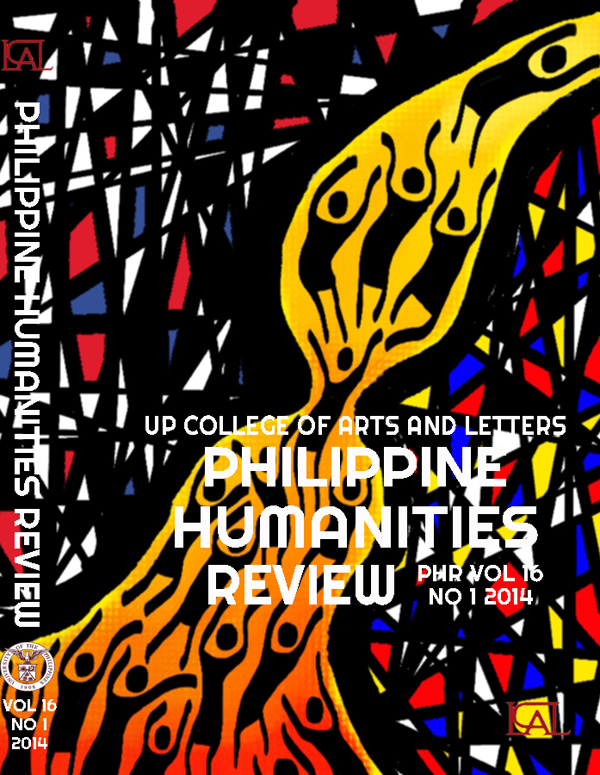Textual Stories: The Art Association of the Philippines (AAP) and its Schemes of Organization
Abstract
Artworld institutions like the Art Association of the Philippines (AAP), which was founded as a union of Filipino visual artists based on the American Artists Equity model of specialized professional advancement, are by nature sites of the production of power through ritualized acts of legitimation and exchange with other empowered members, like art collectors, and art dealers. This study focuses on a reading of the foundational texts of the AAP from 1948 to 1986, that defines and narrates the scope of agential power that members of the AAP’s hierarchy, specifically its elected leadership, can exercise in the name of its membership. These agential powers are thus seen as avenues of political possibilities in which the AAP can expand its influence and prestige by “exchanging” its function as a producer of artworld legitimacy (via its Annual Art Competitions, for example) in return for symbolic recognition from both state and private sector actors. Utilizing Benedict Anderson’s concept of an “imagined community,” the study establishes the conventions by which institutions in the artworld relate specifically to state organs and regulatory bodies that situate the AAP and other arts organizations within a grid of intelligibility that allows the discourse of nation-ed modernity to be both constructed and imagined by its constituents. In addition, Pierre Bourdieu’s notion of “cultural capital” is also applied to establish the political economy of the artworld, and how the AAP delimits its own field of symbolic production and exchange using such terms as “artist,” “patron,” and “board member” to signify a hieratic difference from other, less distinguished professions. Finally, the politics of inclusion and exclusivity as AAP members, or officers, are analyzed as part of the productive capacity of the association to function institutionally via aesthetic legitimation, which the AAP uses as additional cultural capital for the political and economic gains of its membership.
Keywords: AAP, imagined community, artworld, cultural capital, symbolic production


